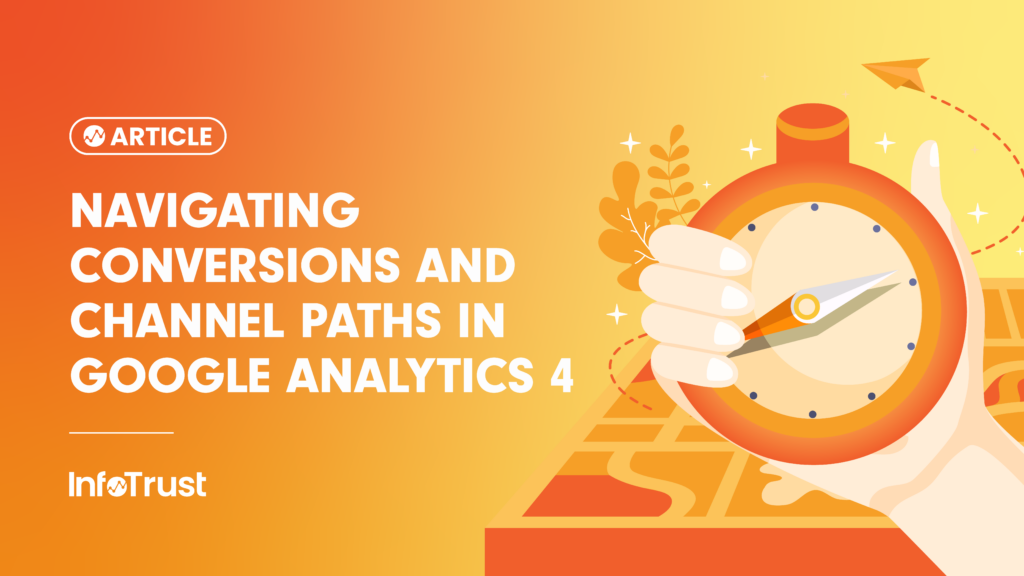The shift from Universal Analytics to Google Analytics 4 (GA4) has brought a range of new capabilities and insights for marketers and analysts. Among these are new ways to understand channels, conversion paths, and attribution models. This article explores some common questions about these aspects of GA4.
Organic Channel and Cost-Per-Click (CPC)
One query that often arises is why CPC appears in the organic channel. Google has strict rules regarding how it assigns channel groups in GA4. If you’re seeing CPC in your organic channel, it could be due to incorrect reporting. To confirm this, you would need an example of the campaign parameters for debugging.
Also, ensure that Google Ads is properly linked to GA4 to prevent any data discrepancies. For affiliate tracking, make sure the medium is set as ‘affiliate’ to get it added under the affiliate channel.
Identifying Top Funnel Contributors
GA4 allows you to identify the channels contributing to the top of your funnel via the “first-click attribution” model. You can navigate to the “Acquisition” report to see the channels that are driving new users and how they are engaging with your content.
Comparing Data-Driven Attribution (DDA) and Last Click (LC) for ROAS
To understand which channels and touchpoints contribute the most to conversions and Return on Ad Spend (ROAS), comparing Data-Driven Attribution (DDA) and Last Click (LC) can be helpful. DDA considers all touchpoints in the conversion path, providing a more accurate representation of channel effectiveness. On the other hand, LC only attributes value to the last touchpoint. By comparing the performance of channels in the DDA model against the LC model, you can determine what drives the highest ROAS.
Analyzing Cross-Channel Journeys
With GA4, you can analyze the effectiveness of cross-channel journeys. By examining multi-channel funnel reports and using the DDA model, you can identify which combination of channels and touchpoints leads to higher conversion rates and more engaged users.
Building a Bespoke DDA Model
While GA4’s built-in DDA model primarily focuses on optimizing for conversions or sales, you can create custom reports and segments to analyze user engagement across multiple touchpoints and channels. While it may not be a bespoke DDA model, this approach will still provide valuable insights into the effectiveness of different channels in driving engaged sessions.
In conclusion, GA4 offers a wealth of tools and metrics to dissect and understand your digital marketing efforts. By leveraging these insights, you can optimize your strategies, maximize your ROAS, and drive stronger engagement with your audience.


